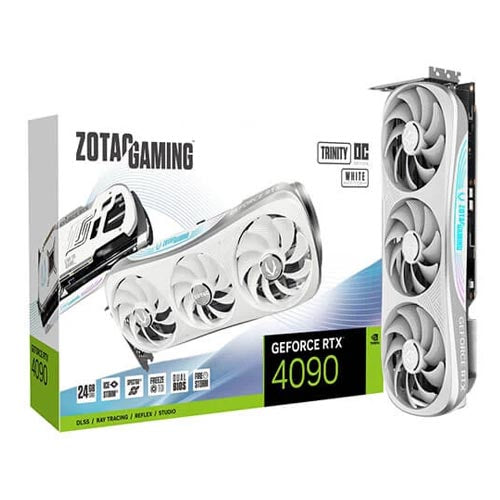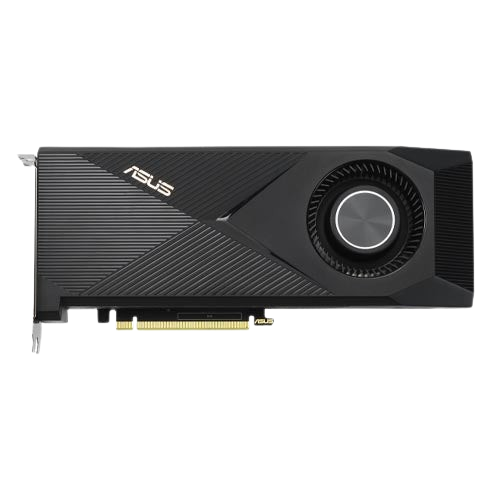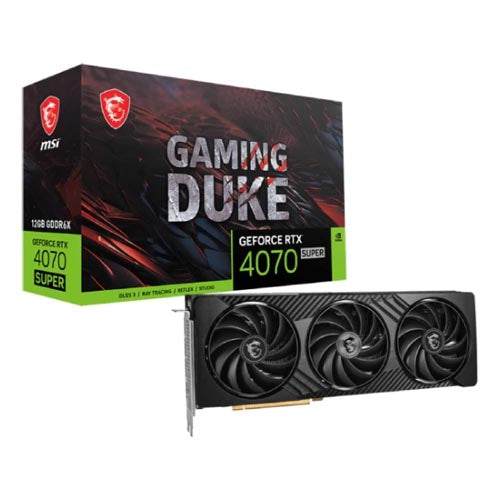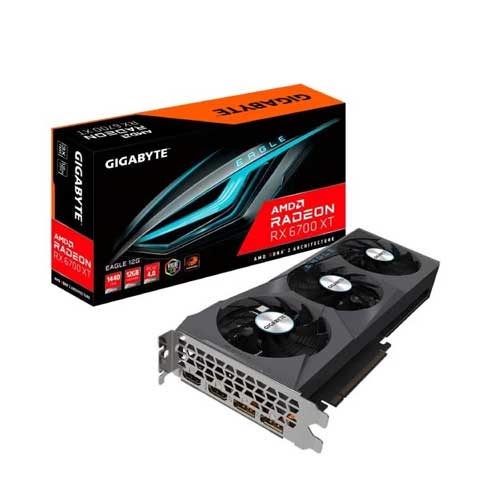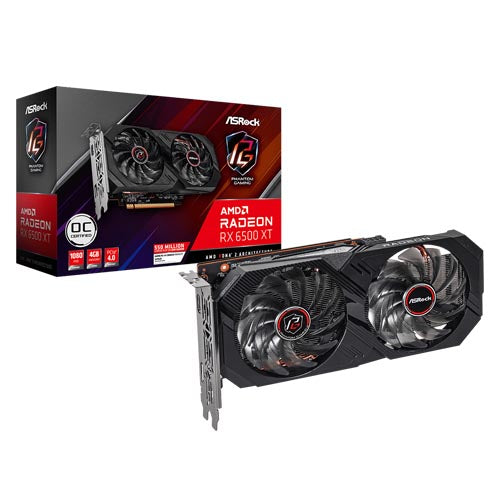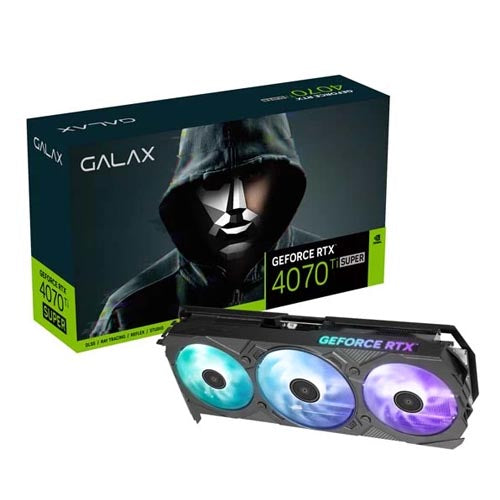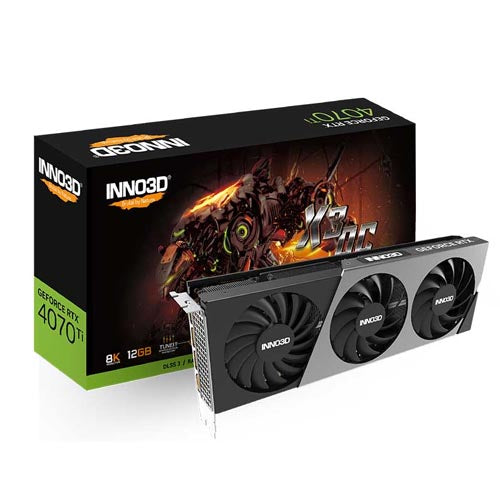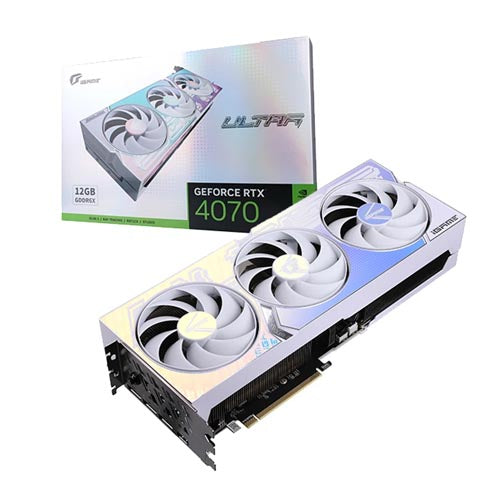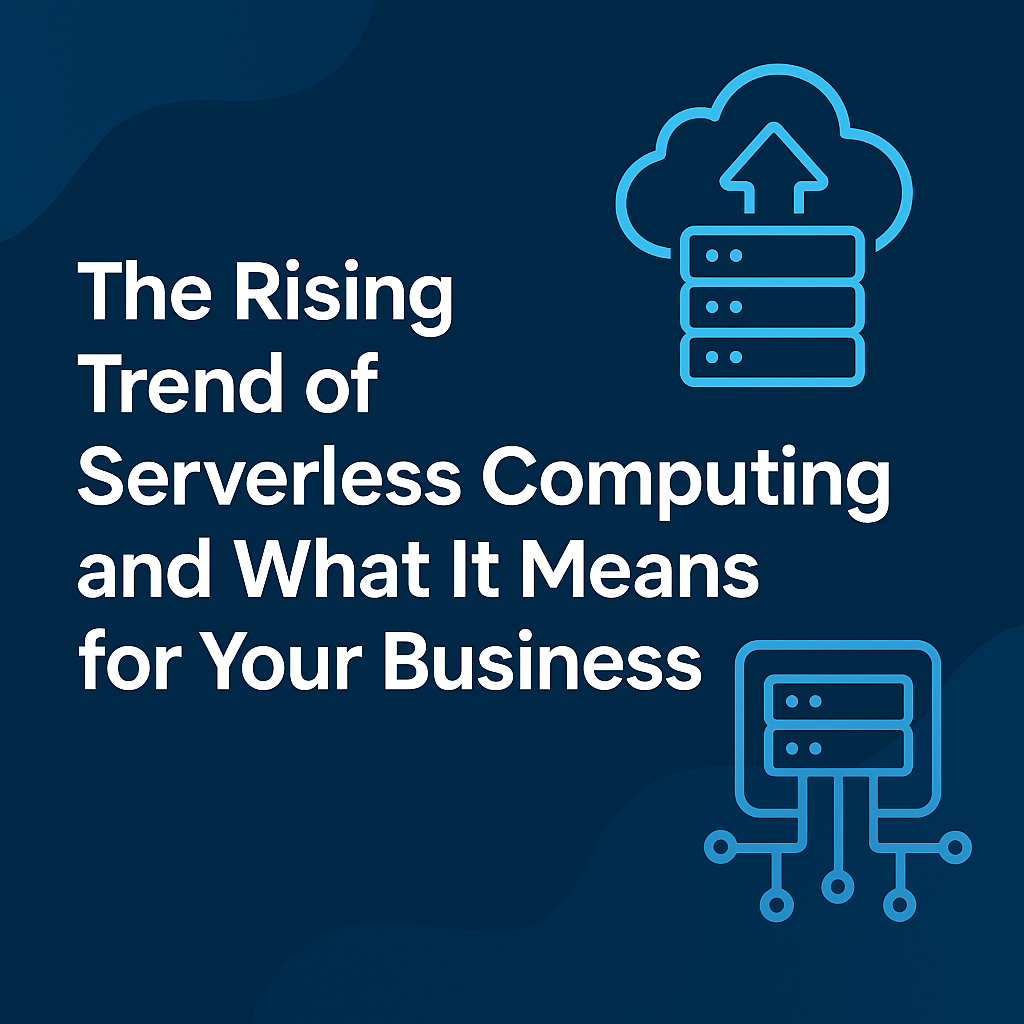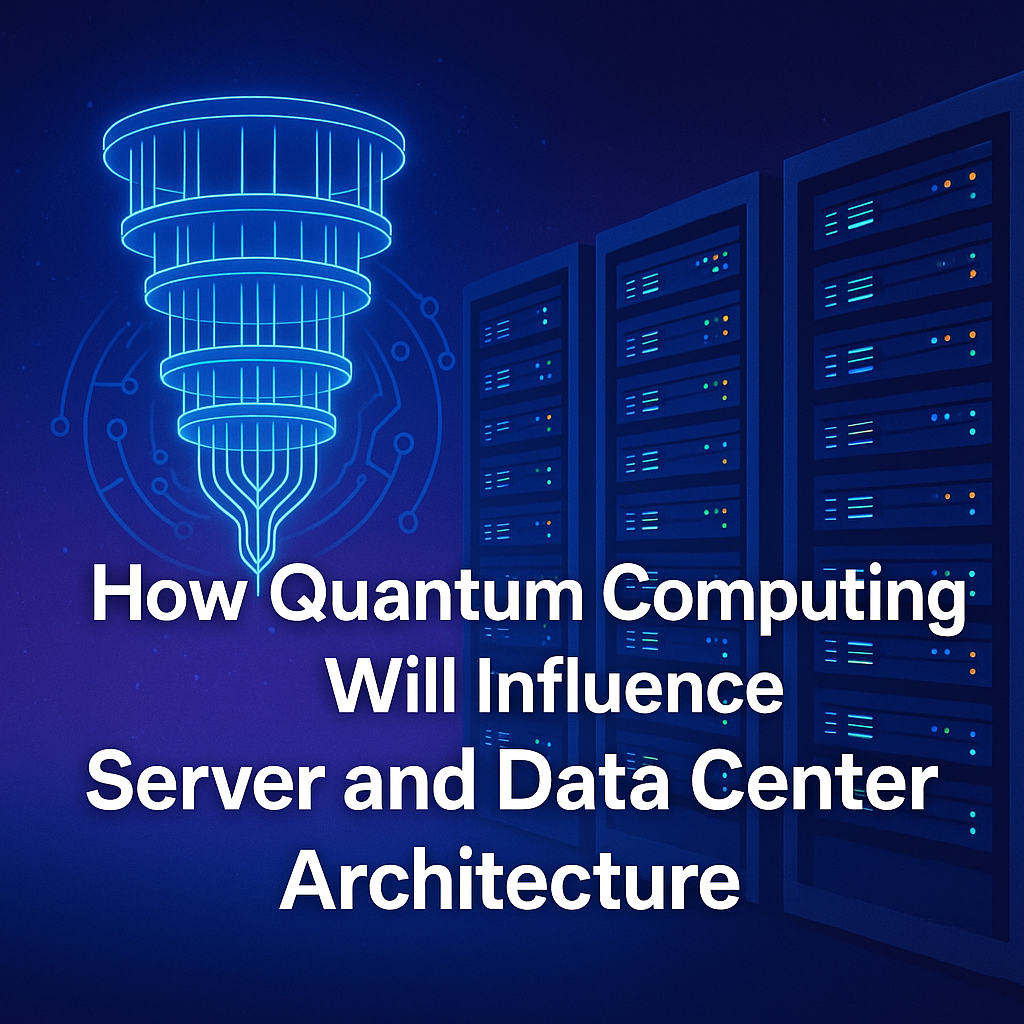
As AI models grow in complexity and data volumes surge across industries, the infrastructure that supports them becomes mission-critical. A poorly chosen server setup can stall training times, bottleneck data pipelines, and drastically inflate costs. Whether you're deploying large language models, running deep learning inference at scale, or processing terabytes of real-time analytics, your server must be tuned to the unique requirements of your workload.
This guide explores how to choose the ideal server configuration for your AI and big data use cases—breaking it down by compute, storage, memory, networking, and deployment strategy.
Step 1: Identify Your AI and Big Data Workloads
Before looking at specs, define what you're actually running:
AI Workloads
- Training deep learning models (e.g., transformers, CNNs, GANs)
- Inference on edge or cloud
- Reinforcement learning
- Generative AI (LLMs, Diffusion)
These workloads are compute- and memory-intensive, often requiring multiple GPUs.
Big Data Workloads
- Batch processing using Hadoop/Spark
- Real-time analytics using Flink/Kafka
- ETL pipelines, data lakes, stream ingestion
- Data visualization and BI dashboards
These need high-throughput storage, memory, and I/O bandwidth.
Step 2: Choose the Right Compute (CPU vs. GPU vs. DPU)
CPU-Only Servers
Good for data ingestion, preprocessing, or light analytics
Ideal for small to medium Spark/Hadoop jobs
Choose high-core count CPUs (e.g., AMD EPYC, Intel Xeon Scalable)
GPU-Powered Servers
Essential for AI model training/inference
NVIDIA A100, H100, or L40S GPUs are best for training
For edge inference, NVIDIA T4 or L4 are optimal
DPU (Data Processing Unit)
Offloads networking and storage tasks from CPU
Boosts performance in virtualized/AI-heavy environments
Examples: NVIDIA BlueField, Intel IPU
Tip: For deep learning training, prefer 4-8 GPU nodes with NVLink or PCIe Gen4 interconnects.
Step 3: Memory Considerations
AI models can consume hundreds of gigabytes of RAM, especially with multi-GPU setups. Consider:
- High-capacity DDR5 RAM for CPUs
- HBM2/3 for GPU-attached memory (faster than DDR)
- At least 256GB RAM per training node; scale based on model size
For big data: RAM-intensive tasks (e.g., Spark joins) need RAM-to-core ratio > 8GB/core
Step 4: Storage Types Matter
Big data workflows are I/O heavy. Choose wisely:
| Storage Type | Use Case | Example |
|---|---|---|
| NVMe SSDs | Fast access to training datasets | Samsung PM9A3 |
| SATA SSDs | General OS + model deployment | Kingston DC500 |
| HDDs (SAS) | Cold data storage | Seagate Exos |
| Object Storage | Data lakes, S3-compatible storage | MinIO, Ceph |
For AI training datasets, throughput (MB/s) and IOPS matter more than capacity.
Step 5: Network Performance
High-bandwidth networking ensures minimal data transfer bottlenecks:
-
- For GPU clusters: 100GbE+ with RDMA support (e.g., InfiniBand, RoCEv2)
- Cloud data ingestion: Consider dual NICs with failover and VLAN support
- On-prem deployments: Software-defined networking (SDN) with telemetry
Step 6: Scalability and Form Factor
Depending on deployment:
-
- 1U/2U Rackmount Servers – Ideal for colocation, data centers
- Tower Servers – Suitable for R&D or low-volume environments
- Blade Servers – High-density for HPC or training farms
- Edge AI Servers – Ruggedized, compact, and optimized for latency
Use Kubernetes + Kubeflow for orchestrating scalable training/inference jobs.
Step 7: Cloud vs. On-Prem vs. Hybrid
Cloud (e.g., StackGPU, AWS, Azure)
-
- Quick to scale
- No upfront hardware costs
- Ideal for bursty training workloads
On-Premises
-
- Full control over data and performance
- Better for compliance-heavy sectors (healthcare, finance)
- Higher upfront investment
Hybrid
-
- AI training in cloud, inference on edge/on-prem
- Use VPNs, cloud gateways (e.g., Cloudflare Tunnel) for secure bridges
Step 8: Security and Data Governance
AI and data workflows often involve sensitive datasets (PII, healthcare, finance). Ensure:
-
- TPM modules and secure boot
- Role-based access control (RBAC)
- Data encryption at rest and in transit
- Container security tools (e.g., Falco, Aqua Security)
- Compliance with GDPR, HIPAA, etc.
Sample Server Configuration for AI
| Component | Specification |
|---|---|
| CPU | Dual AMD EPYC 9654 (96 cores) |
| GPU | 4x NVIDIA H100 80GB with NVLink |
| RAM | 1TB DDR5 ECC |
| Storage | 4x 3.2TB NVMe Gen4 |
| Network | Dual 100GbE with RDMA |
| Power Supply | Dual redundant 1600W Platinum PSU |
Perfect for multi-modal training, LLM fine-tuning, and real-time inference.
AI-Specific Software Stack
-
- TensorFlow, PyTorch, or JAX
- NVIDIA Triton Inference Server for deployment
- ONNX for model conversion
- MLflow, Weights & Biases for experiment tracking
- Dask, Spark for data preprocessing
- Kubernetes + Kubeflow for orchestration
Real-World Deployment Scenarios
Healthcare AI
Use GPU servers for real-time diagnostic imaging (MRI/CT)
Data compliance with on-prem private cloud
Fintech Analytics
Batch process billions of transactions using CPU + SSD-heavy nodes
Integrate GPUs for fraud detection inference models
Manufacturing
Real-time object detection on assembly lines with Edge AI
Hybrid servers with NVIDIA Jetson + central GPU servers
Conclusion
The surge of AI and big data workloads has forever altered the way infrastructure is architected. Whether you're training billion-parameter models or processing real-time analytics across distributed systems, your server solution can make—or break—your performance, cost, and scalability targets.
Modern workloads demand a fine balance between GPU horsepower, CPU efficiency, fast storage, and high-throughput networking. But beyond just hardware specs, you need compatibility with AI frameworks, secure orchestration using Kubernetes, and a roadmap that evolves with emerging technologies like DPUs and GPU virtualization.
As enterprises shift from experimentation to production-scale AI, the ability to quickly scale infrastructure while maintaining performance and governance becomes paramount.
